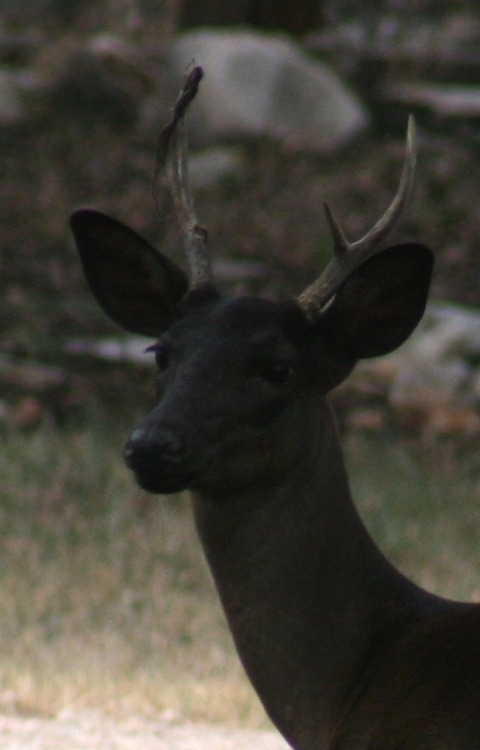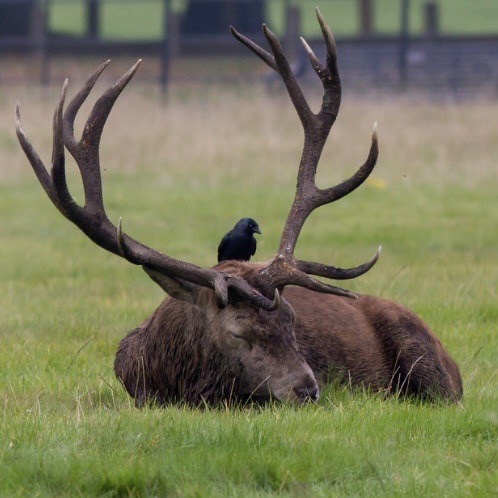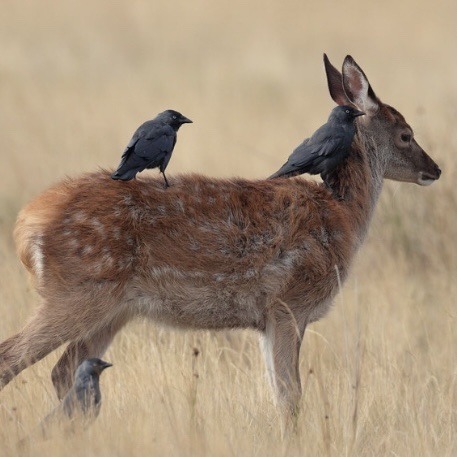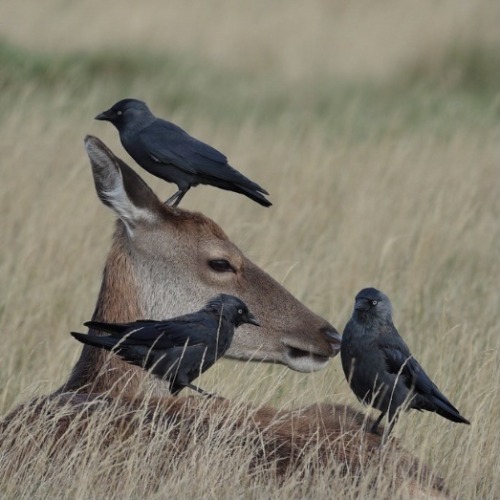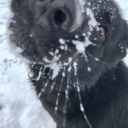Dogmonaut - Space Etc Etc
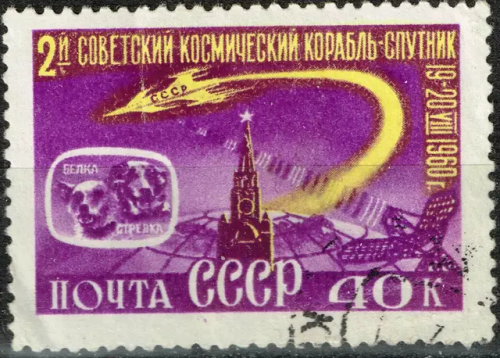
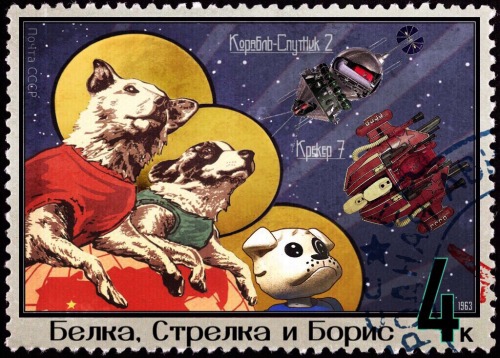
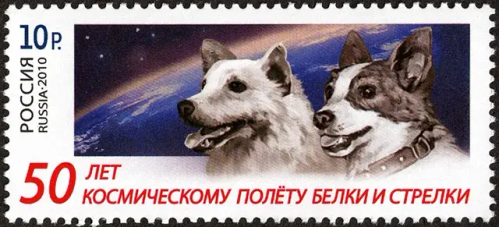
More Posts from Dogmonaut and Others
would you have any pictures/content of dezik and tsygan, the first dogmonauts? i saw a few pics on google, but they wouldn't tell me which is which (though by the name, i assumed tsygan was the black and white one, because 60s). love your blog <3 <3
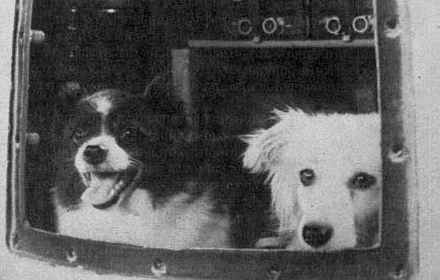
Hii! I don't have a lot but I'm happy to share what I know. Dezik and Tsygan did a suborbital flight in July 1951. It was top secret at the time and only became known to the public in 1991. Dezik is the white one and Tsygan the black-and-white one.
They were trained before the flight, including the centrifuge.
Their rocket went up 101 km to the edge of atmosphere. The flight lasted about 20 minutes. They spent 4 minutes in zero gravity.
They landed about 20 km from the starting point and were both in good health.
A week later, Tsygan did another suborbital flight (partnered with a dog called Lisa). The parachute didn't open on landing, so unfortunately they both died. :'(
Dezik was adopted by one of the space engineers and lived the rest of his life with the family.


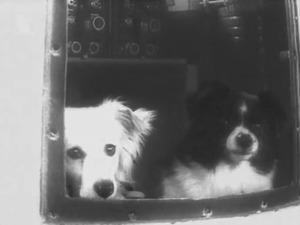


PS: dogmonauts! :D

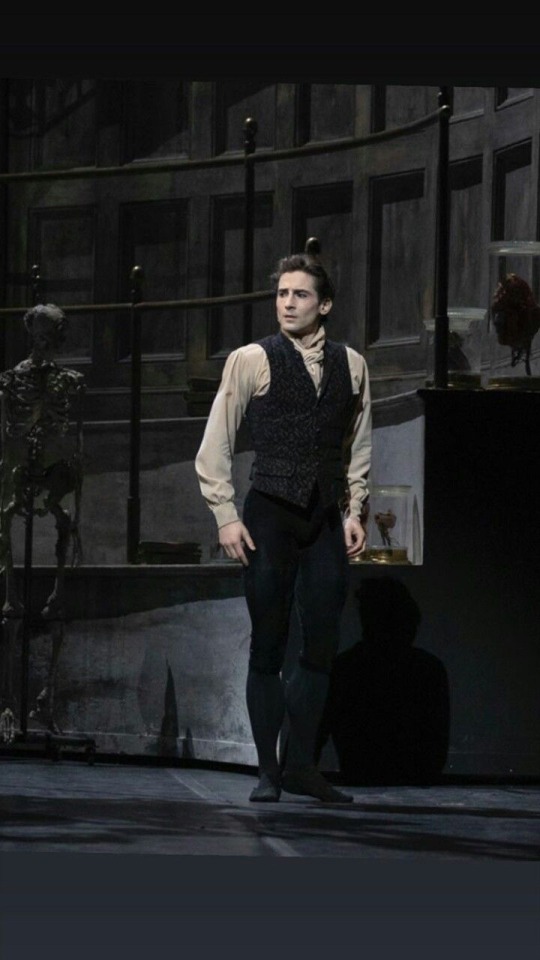
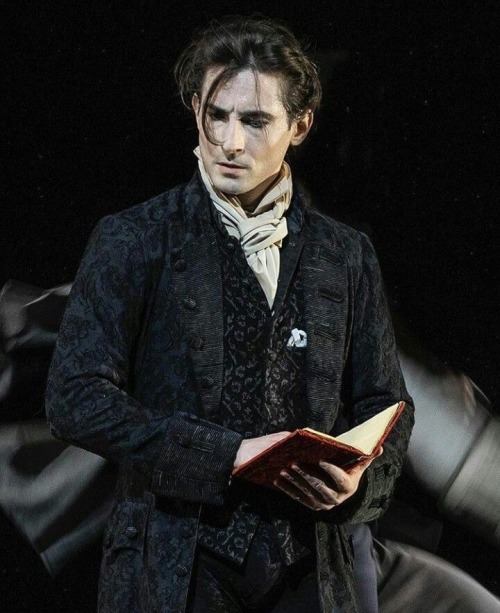



Tristan Dyer as Victor Frankenstein in Frankenstein, The Royal Ballet © 2019 ROH || Frankenstein, Steven McRae as The Creature, Federico Bonelli as Victor Frankenstein, Royal Ballet 2016 || Wei Wang as The Creature and Federico Bonelli as Victor Frankenstein in Frankenstein, The Royal Ballet 2019 ROH
Photographs by Andrej Uspenski
fucking love thresher sharks man they always look like they're gonna start crying cause you looked at them funny @fish-daily


These three towers are only a small portion of the massive Eagle Nebula.
Known as the “Pillars of Creation,” the beautiful tendrils of cosmic dust and gas are giving birth to new stars, buried within their spires. This iconic image only shows a stretch of about four or five light-years … while the whole nebula itself spans about 70 by 55 light-years.
Learn more about Hubble’s celebration of Nebula November and see new nebula images, here.
You can also keep up with Hubble on Twitter, Instagram, Facebook, and Flickr!
Image credits: NASA, ESA and the Hubble Heritage Team (STScI/AURA)
-
 ixybird reblogged this · 2 months ago
ixybird reblogged this · 2 months ago -
 ixybird liked this · 2 months ago
ixybird liked this · 2 months ago -
 westburial liked this · 11 months ago
westburial liked this · 11 months ago -
 tobysrepostblog liked this · 1 year ago
tobysrepostblog liked this · 1 year ago -
 princess-unipeg reblogged this · 1 year ago
princess-unipeg reblogged this · 1 year ago -
 h0wlingmuttz liked this · 1 year ago
h0wlingmuttz liked this · 1 year ago -
 ziggystarmonster liked this · 1 year ago
ziggystarmonster liked this · 1 year ago -
 tacoma-narrows liked this · 1 year ago
tacoma-narrows liked this · 1 year ago -
 kagender reblogged this · 1 year ago
kagender reblogged this · 1 year ago -
 flickertheory liked this · 1 year ago
flickertheory liked this · 1 year ago -
 mkultrad liked this · 1 year ago
mkultrad liked this · 1 year ago -
 dogmonaut reblogged this · 1 year ago
dogmonaut reblogged this · 1 year ago











